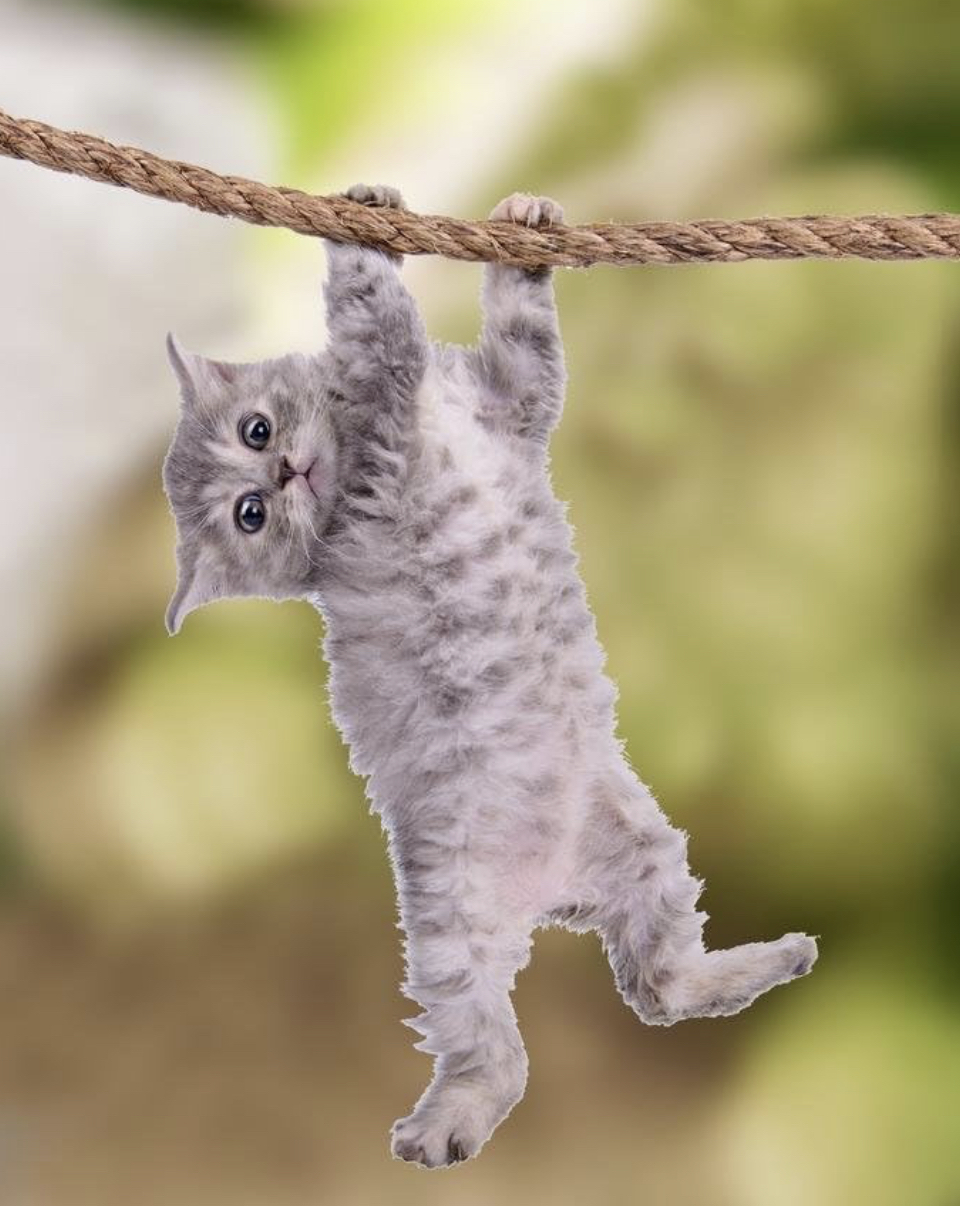

Not really surprising that german state media would fall in line when it comes to China reporting. The chinese have a history of playing ball with pretty much anyone from Israel to the EU and beyond. If there’s even any basis to the article’s thesis, it is the rabidly pro-US faction that rules Germany today which is making the main choice in this matter.




yeah their comedy isn’t funny anymore i can’t believe they would sellout and just report on the news